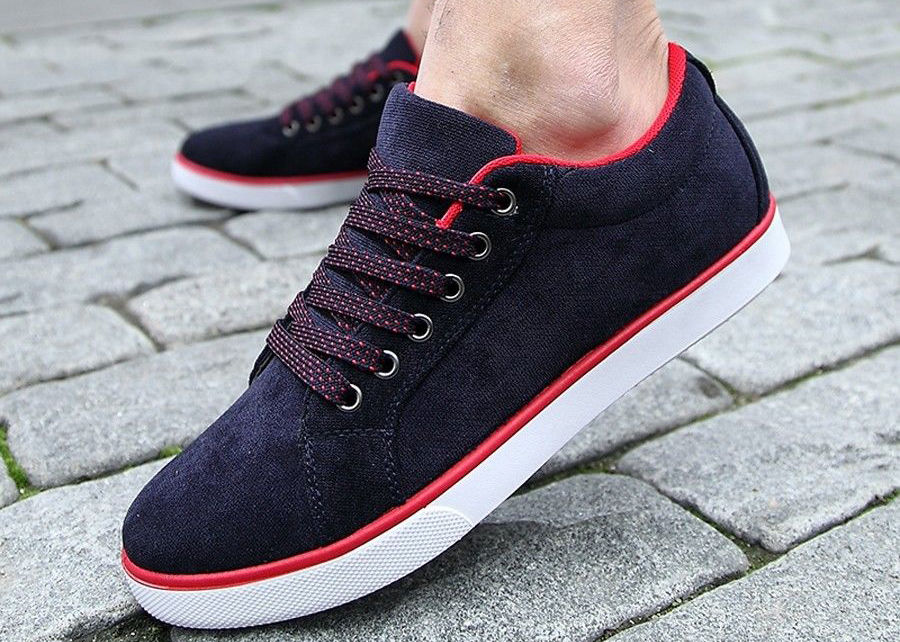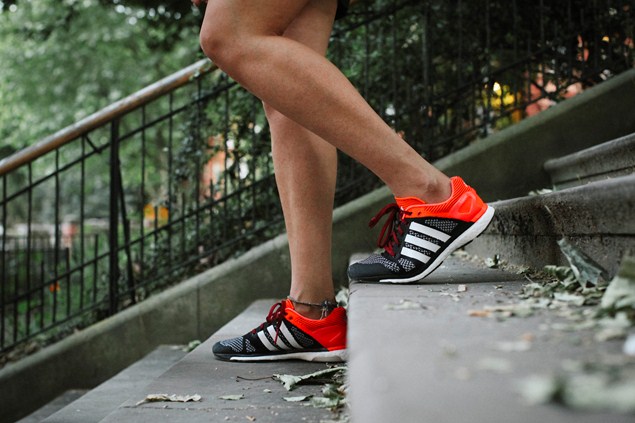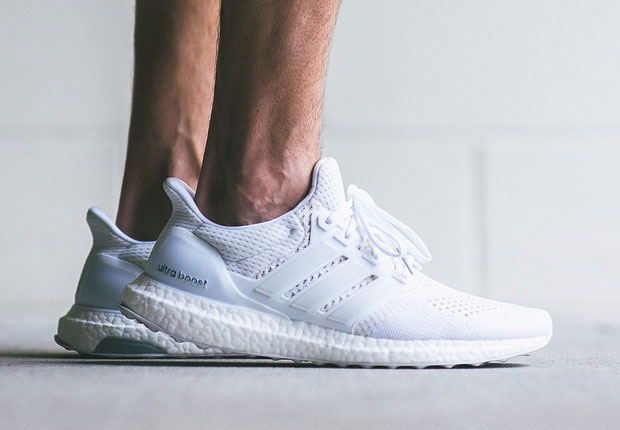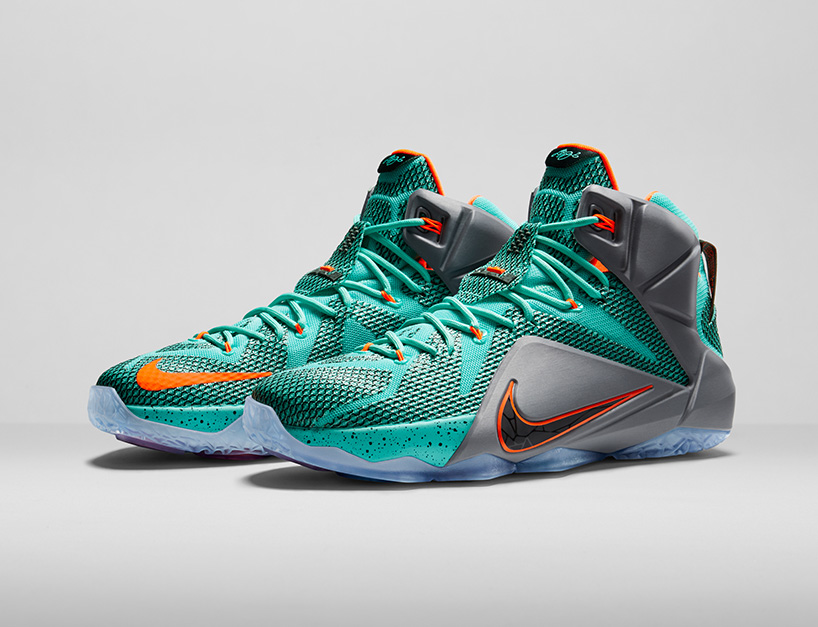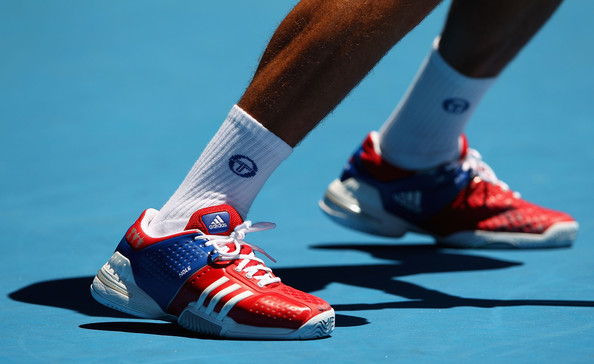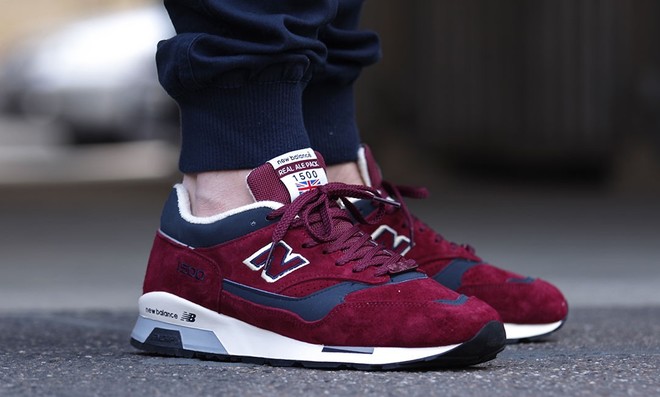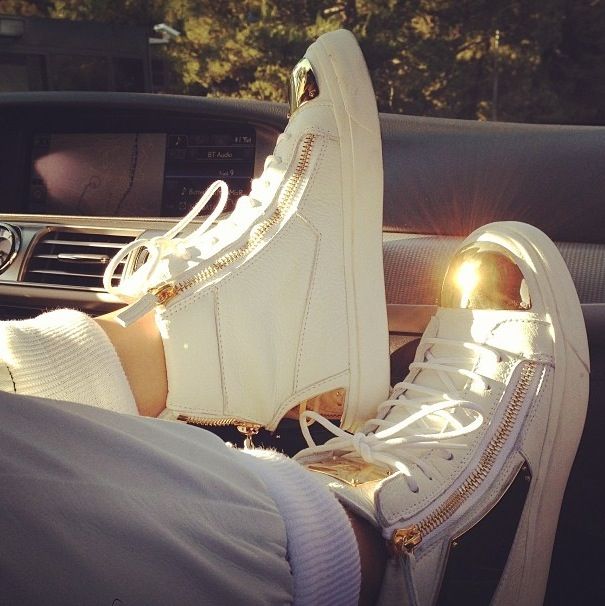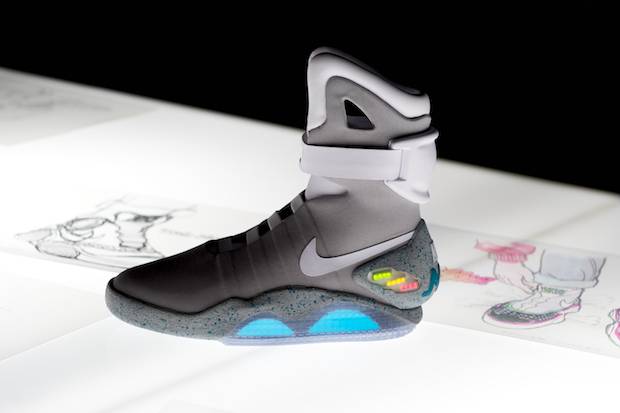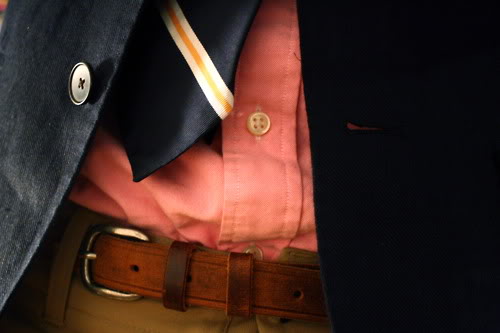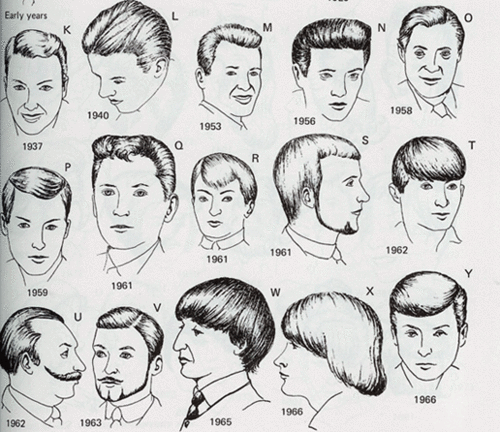Who doesn’t own a pair of sneakers, raise your hand. That’s right, you all keep your hands down. Who would want to admit they don’t own one of the most revolutionary pieces of footwear of our time? What began as footwear built for sports and physical activity, sneakers have now evolved into everyday casual wear to maximize their exposure. However, “casual” is starting to make way for “luxury” as the term to describe sneakers. Designer companies have begun to pick up on the hottest footwear trend since Alexander the Great’s leather sandals. We delve deeper into the so-far brief but influential history of sneakers and what they may bring in the future.
Origins
Identified through a multitude of different names, from “trainers” in the UK to “Canvers” in Nigeria, sneakers were built primarily for physical activity and prolonged wear. But what’s with the funny name? The name “sneakers”, commonly accredited to an advertising agent named Henry McKinney in 1917, referred to how quiet the rubber soles were on the ground compared to hard leather sole dress shoes.
Before that, they were commonly known as insoles plimsolls in the 1870s due to the color contrast between the sole and the upper canvas of the shoe. They even became part of school uniforms in the early 1900s and skyrocketed in reputation a few decades later due to increasing popularity in exercise. They reached a fever pitch in the 1980s onwards due to two reasons1) The rise of Michael Jordan and his Air Jordan line, and 2) The emergence of Hip Hop culture. Both of these combined to push sneakers to the top of the footwear food chain. How long will they stay there? Who knows, but it’s going to be a while.
1) The rise of Michael Jordan and his Air Jordan line2) The emergence of Hip Hop culture. Both of these combined to push sneakers to the top of the footwear food chain. How long will they stay there? Who knows, but it’s going to be a while.
2) The emergence of Hip Hop culture. Both of these combined to push sneakers to the top of the footwear food chain. How long will they stay there? Who knows, but it’s going to be a while.
Both of these combined to push sneakers to the top of the footwear food chain. How long will they stay there? Who knows, but it’s going to be a while.
Material
Athletic sneakers usually follow the same equation for success: a shock absorbing, abrasion-resistant rubber sole and a synthetic upper for breathability and comfort. Companies have recently been composing their uppers out of knit material to make their sneakers extremely lightweight and form-fitting to your foot like a sock. Casual sneakers are composed of similar materials as the athletic ones but are built with aesthetics prioritized over functionality. Luxury sneakers are crafted by designer brands such as Gucci and Louis Vuitton with the same rubber sole but with quality leather uppers and possibly gold-plated accents and detailing. The possibilities are endless.
Styles
Running shoes
High-density foam sole for shock absorption, thin mesh upper for breathability, and flexible midsole for optimal maneuverability.
Basketball shoes
Usually built with a high ankle for lockdown support, thick sole for shock absorption from landing jumps and unique tread pattern for grip on courts.
Tennis shoes
Vulcanized rubber sole for durability and grip and ventilation ports throughout the upper for breathability.
Casual sneakers
Lightweight because the shoe is not expected to endure strain from physical activity, built in a simple silhouette with aesthetics highly prioritized.
Fashion sneakers
Designs are as unpredictable as Lady Gaga’s outfits. Standard rubber sole still applies but anything after that is fair game. High top, low top, gold zipper no-zipper, snakeskin, alligator leather, we mean anything.
Value
Sneakers have experienced arguably the most prominent promotion in the history of clothing in recent times. Suggested retail pricing means nothing in a world where limited editions and customized shoes can sell for sell for TEN times their original price. And yet, the higher the set prices, the more demand there is for the shoe. Wonderful formula, that is. Some of these sneakers can cost more than some of the finest crafted dress shoes known to man.
Marketing works its magic to “hype” these shoes, transforming them to become something more than what it is. They are the definition of “the whole is greater than the sum of its parts”. Want to know how crazy this sneaker obsession has become? How about the mind boggling statistic that over 1,000 people are killed each year over sneakers. You don’t see anyone dying over flip flops. But companies can’t do anything about this? Well, mass produced footwear is where companies earn their revenue, but collector’s edition sneakers is where these companies battle for prestige. Companies could reduce these deaths by expanding their limited releases so that there are more to go around to shoppers but this would eliminate the exclusivity of the shoes. Would these companies be willing to do this at the cost of lost prestige? No chance. Once you enter the realm of customizing sneakers, it becomes an arms race to see who can stuff the most diamonds onto shoes to spike the prices and claim the throne of most expensive footwear. Take the Nike Air Yeezy II for example. A signature shoe of rapper Kanye West, the retail price was originally $215 in 2009. They now resell at a whopping $6,250. Yes you read that correctly. Form a line fellas, form a line.
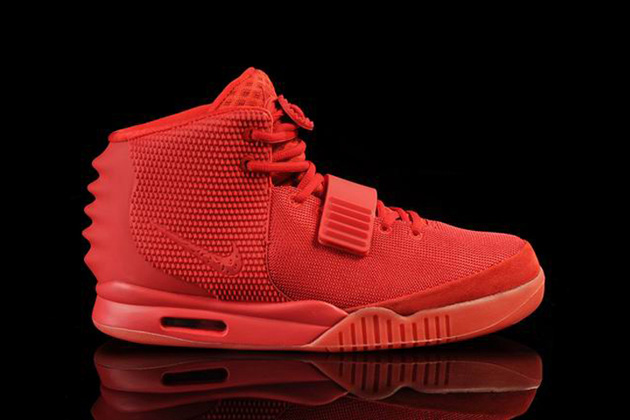
Future
From our forecast, all we see is sneaker stocks continually rising. They’ve even invaded the realm of formalwear, with several people wearing Jordans on their wedding days. As long as the rich and famous keep wearing them, we everyday folk will keep fighting to get our hands on them. New technology applied to shoes, such as the self-tying Nike Mags from Back to the Future (which actually exist by the way, for a cool $1,200 retail. Resale will literally cost your soul) will keep the demand at an unbelievable high. The people keep wanting, the companies keep making. Sneakers are here to stay.

